Why Do Bulldogs and Pugs Have Corkscrew Tails?
Have you ever wondered why some dogs have curly, corkscrew-shaped tails? Breeds like English Bulldogs, French Bulldogs, and Pugs are known for these unique twisted tails—but there's more to them than just looks. In this blog post, we’ll explore what causes corkscrew tails in dogs, what it means for their health, and how you can take care of your pup’s special tail.

Why do certain breeds have a corkscrew tail?
The exact reason why some dogs have corkscrew tails isn’t fully known, but many experts think it comes from years of selective breeding. Over time, breeders chose dogs with shorter, twisted tails because they thought it made the dogs look more appealing. As a result, the corkscrew tail became a common genetic trait in certain dog breeds and has been passed down through generations.
What breeds have this kind of tail?
English Bulldogs, French Bulldogs, and Pugs are the three most common breeds that have corkscrew tails. Other dog may also possess this trait to some degree, but these three stand out as having particularly curved tails.
Is a corkscrew tail the same as a tail pocket?
Nope! The tail pocket is a small indentation- or pocket – located just under the dog’s tail and created by a fold of wrinkly skin. Sometimes, it can be on the top of the tail, or around the tail depending on the dog. Most often, they resemble a dimple on the dog’s butt until you take a closer look.
How should I care for my pup's tail?
Since a corkscrew tail is a genetic trait, there isn't much that can be done in terms of prevention or treatment. However, pet parents should pay special attention to their pup's tails when it comes to grooming, bathing, and other activities.
Despite their unique appearance, corkscrew tails are relatively easy to care for - however, there are some important considerations that should be taken into account. Since the tail is usually tightly curled and doesn't have much flexibility, it can sometimes lead to sores or skin irritations if not properly groomed. Regular grooming and cleaning of the tail will help keep it healthy and free from any potential issues.
How Do I Keep My Dog's Tail/Tail Pocket Clean?

✅ Step 1: Clean the Tail Pocket with Squishface Wrinkle Wipes
Use Squishface Wrinkle Wipes daily to gently clean your dog’s tail pocket and surrounding skin folds. These wipes are great for sensitive skin and contain ingredients to fight bacteria, yeast, and fungus.
Key Ingredients:
-
Ketoconazole
-
Helps rid yeast and fungal infections
-
Soothes irritated, itchy skin
-
-
Chlorhexidine
-
Kills bacteria and prevents infections
-
Often used in veterinary skin cleansers
-
-
Phytosphingosine
-
Supports the skin’s natural barrier
-
Helps reduce inflammation and redness
-
✅ Step 2: Protect with Squishface Wrinkle Paste
After cleaning, apply Squishface Wrinkle Paste to create a water-repellent barrier. This helps keep moisture out and protects against irritation, chafing, and tail pocket infections.
Soothing, Skin-Friendly Ingredients:
-
Coconut Oil
-
Natural antibacterial and antifungal
-
Softens and hydrates dry, flaky skin
-
-
Shea Butter
-
Rich in vitamins and fatty acids
-
Helps heal and calm irritated areas
-
-
Avocado Oil
-
Deeply moisturizing and anti-inflammatory
-
Supports skin repair and reduces itchiness
-
The Bottom Line
Corkscrew tails are a fascinating trait in English Bulldogs, French Bulldogs, and Pugs that is likely the result of selective breeding practices used by humans over the years. While relatively easy to care for, owners should take special care to groom their corkscrew-tailed pup regularly and exercise them with caution to avoid potential injuries or irritations. With proper dog care, these beloved canine companions can live as long and happy lives as any other pup around!






